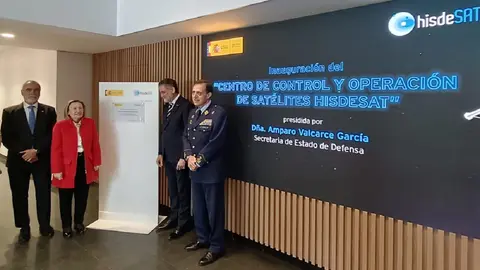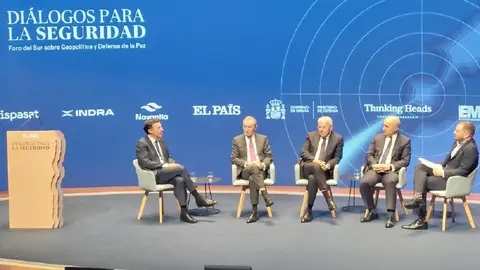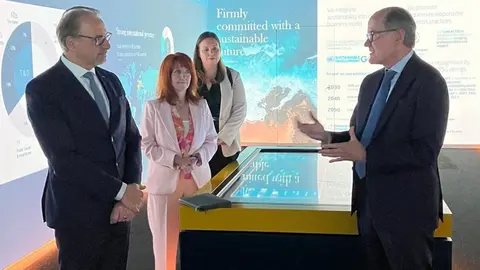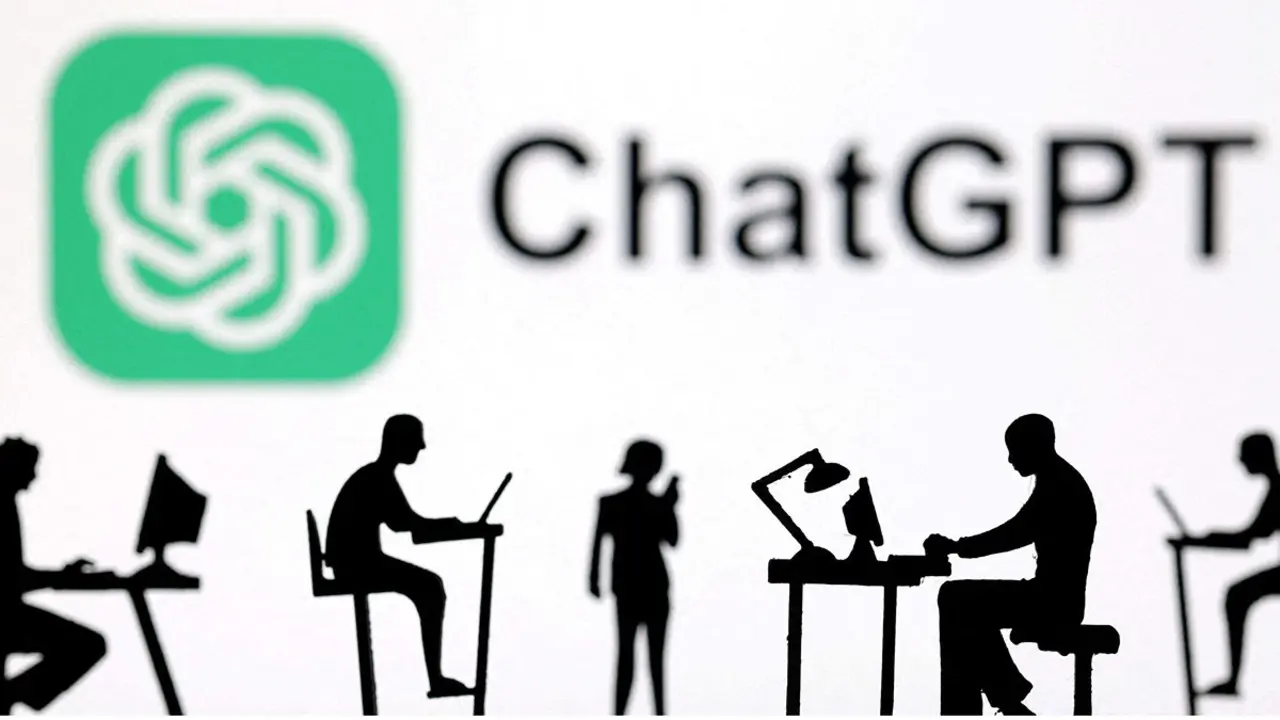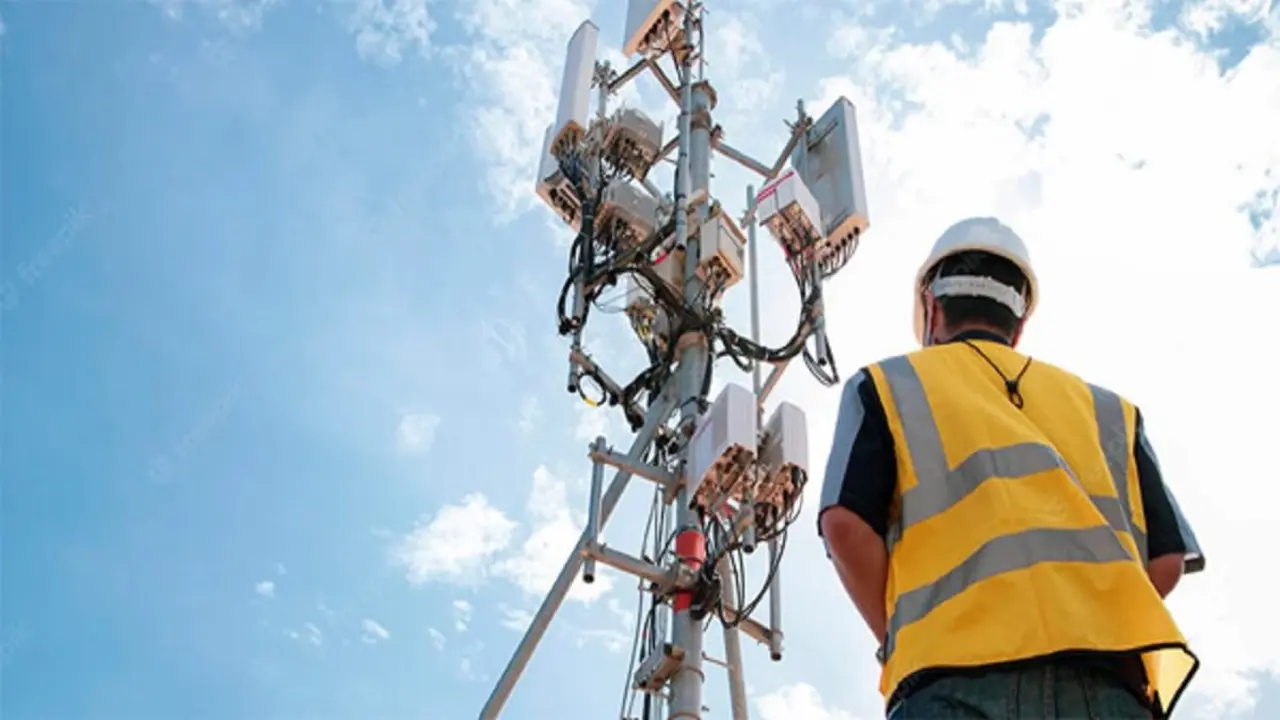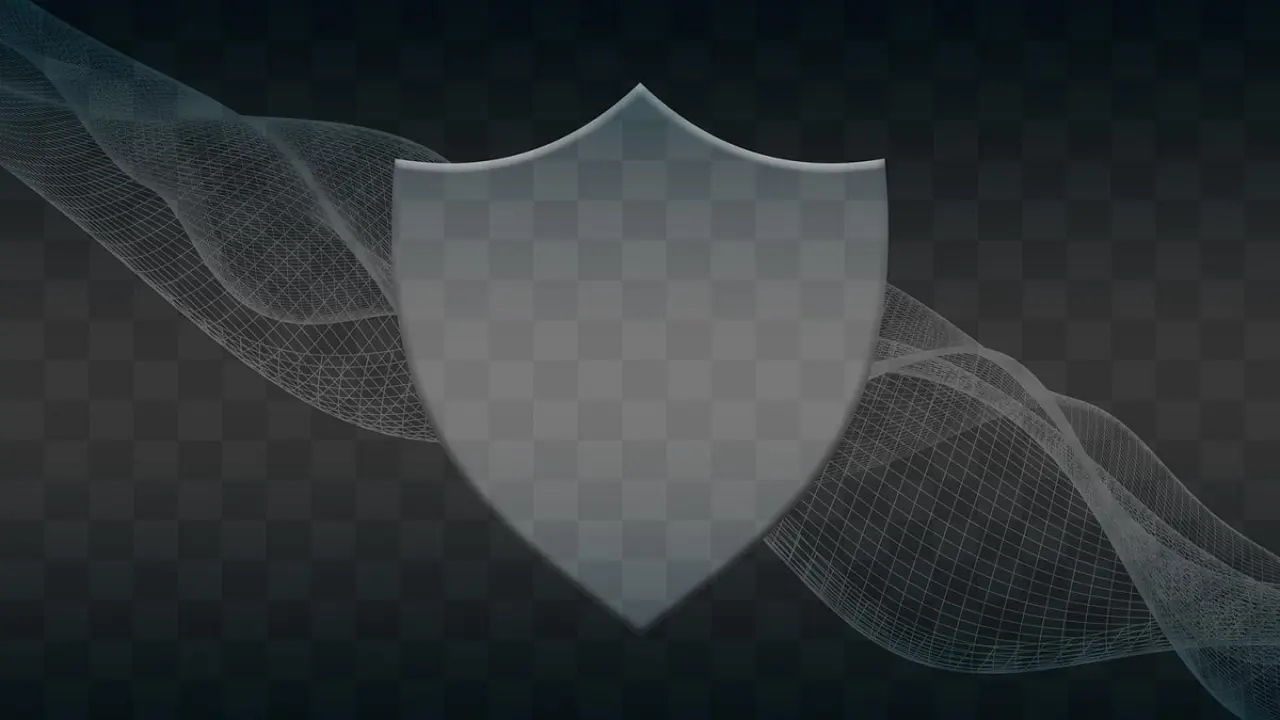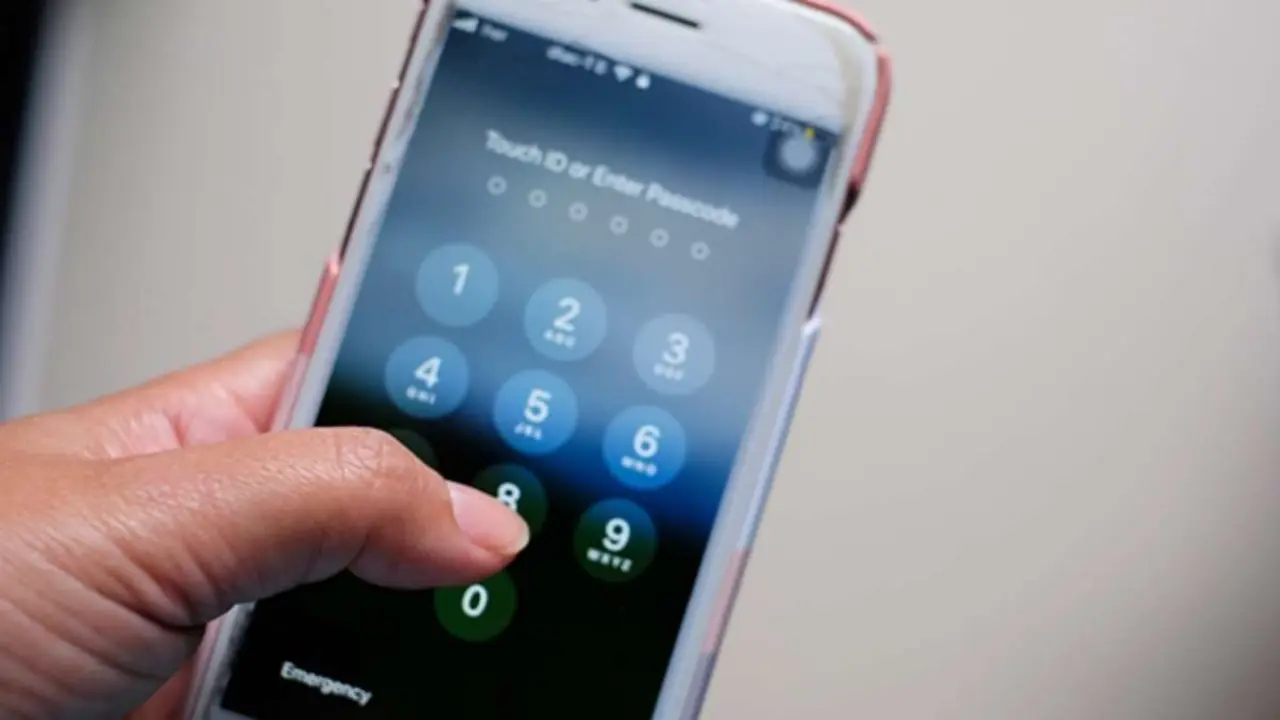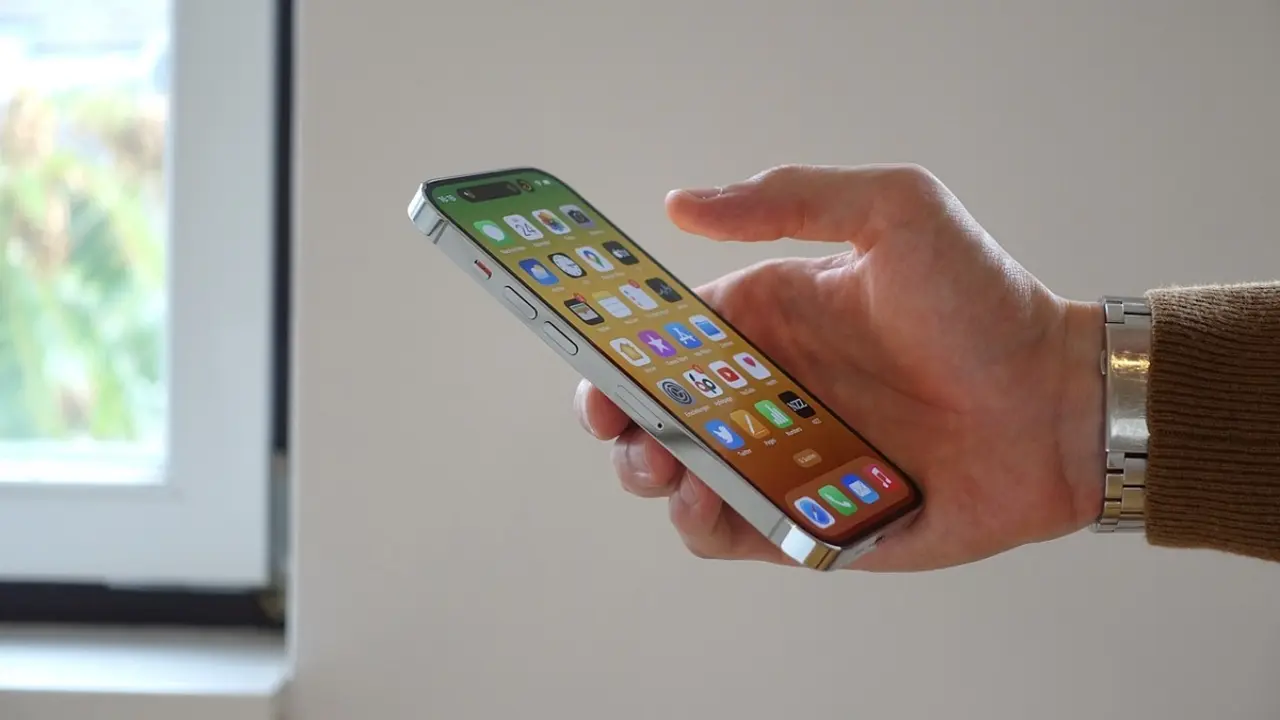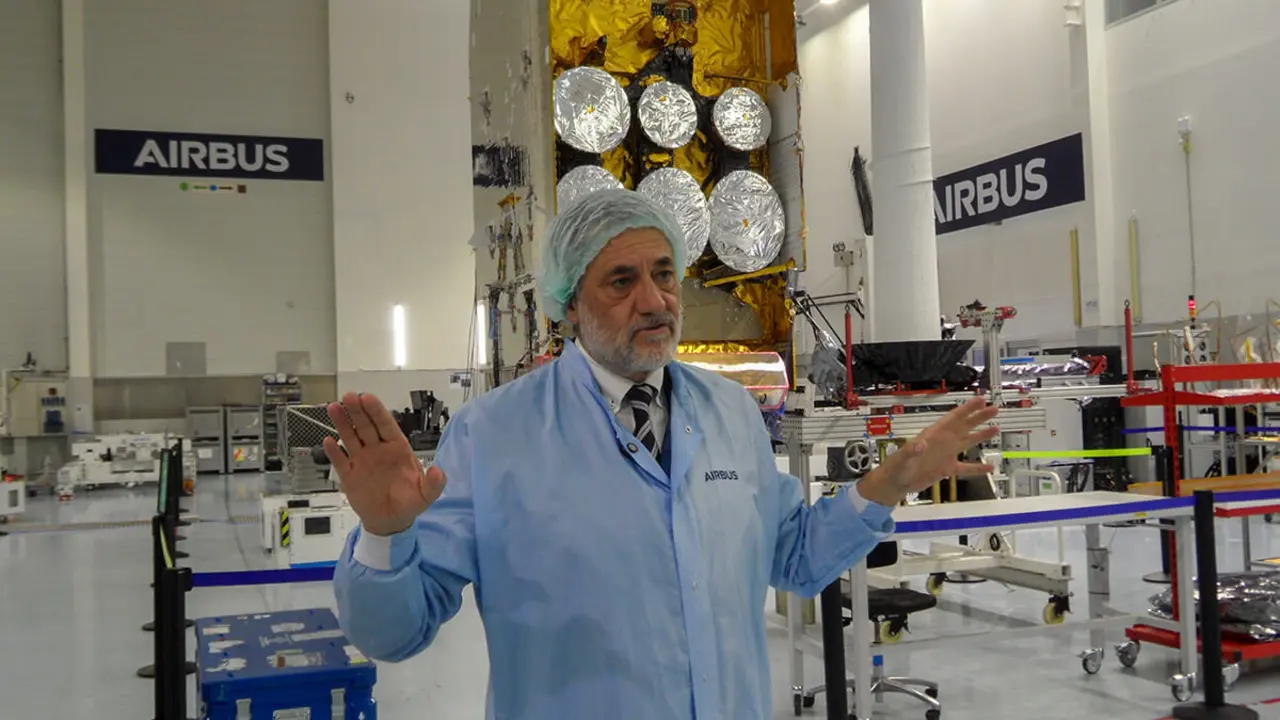Brussels creates the Iris2 lifeline to revive Europe's flagging space industry
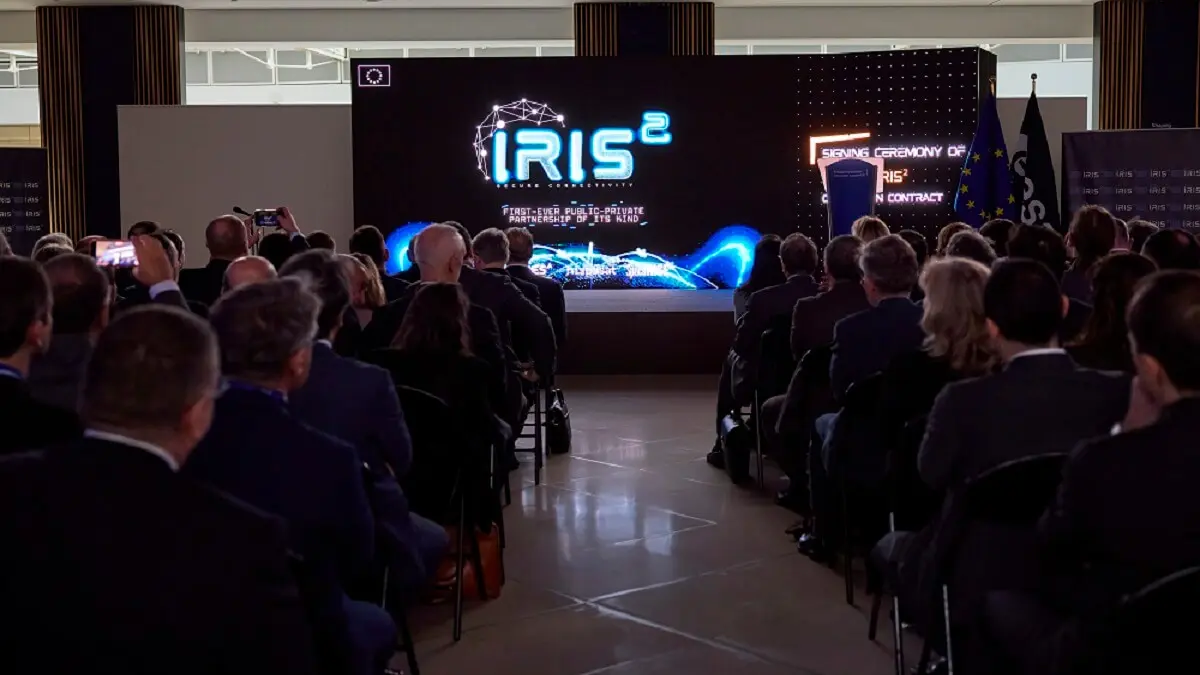
- To breathe new life into Europe's space fabric
- Hispasat, ESA and NATO's secure communications solution
The European Commission and the European Space Agency (ESA) have hastily signed a pair of major contracts of a strategic nature, with which both organisations are trying to catch up with the United States and China, the two superpowers competing with each other for global dominance in multimedia satellite communications.
The programme has been named Iris2, which stands for Infrastructure for Resilience, Interconnectivity and Security by Satellite. It is the third major space project in which Brussels is involved, after Galileo, the European satellite navigation system that competes with the US GPS, and Copernicus, the world's largest Earth observation programme. It is of such magnitude that its initial investment volume is estimated at 10.6 billion euros to respond to a triple technological, economic and security challenge.
On the one hand, it provides the authorities of the European institutions and their Member States with secure sovereign communications. It is a further step in the quest for strategic autonomy through the construction in orbit of a large space constellation of an intergovernmental nature, providing encrypted broadband, low latency, jamming, eavesdropping and jamming-proof connectivity services from 2030 onwards.
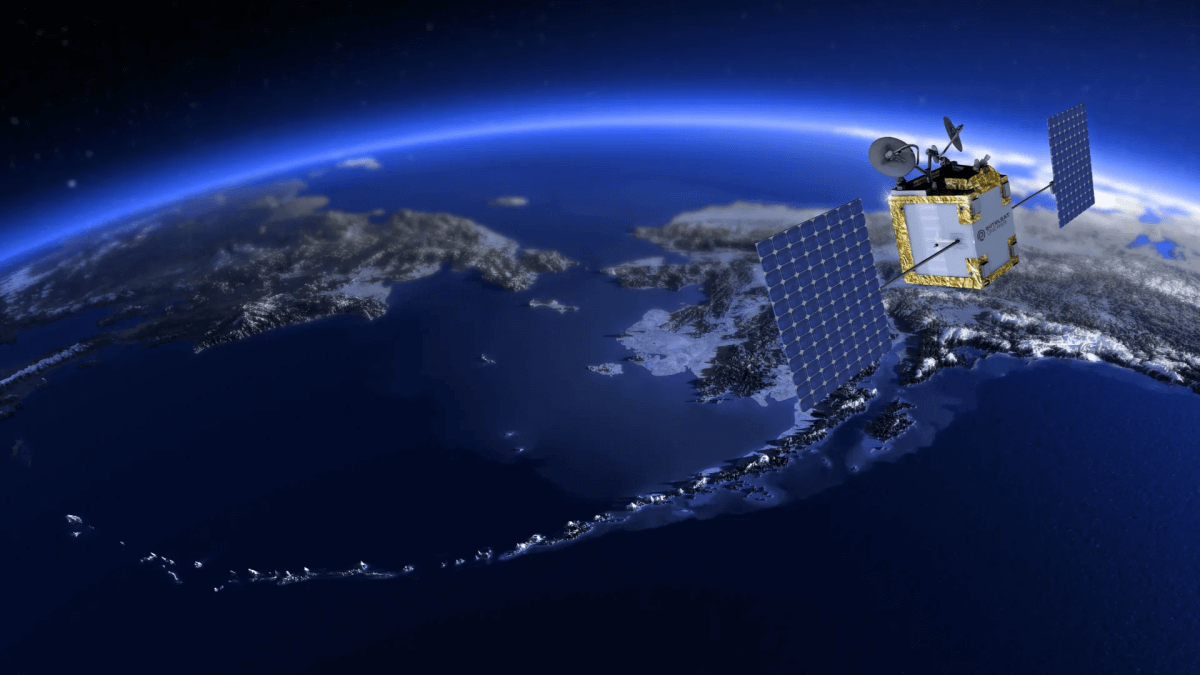
Secondly, and as important or even more important than the first goal, what is at stake is to revitalise the damaged production lines of the Old Continent's satellite and rocket industries and bring them out of the serious crisis they are going through. With the official activation of Iris2 a fortnight ago, Brussels is launching a lifeline in the form of billions of euros to prevent the main space companies in Germany, France and Italy from dragging down the whole of Europe's industrial fabric.
Ultimately, the underlying aim is to stand up to tycoon Elon Musk's Starlink space internet mega-constellation and Amazon's imminent Kuiper network, which will soon begin to be deployed, in a belated attempt to prevent the two from eating up the European market between them. And, of course, it also seeks to confront the great architectures that China has already begun to erect in space, the Qianfan and Guowang constellations, both programmed with thousands of satellites in low Earth orbit.

To breathe new life into Europe's space fabric
The Iris2 project was launched by the European Commissioner for the Internal Market, Frenchman Thierry Breton, at the beginning of the first term of office of European Commission President Ursula von der Leyen. It has been dressed up in the garb of a public-private partnership, in which the beneficiary companies associated in a consortium act under a concession scheme from Brussels for an initial term of twelve years.
Germany's Von del Leyen and her new Defence and Space Commissioner, Lithuanian Andrius Kubilius, are seeking to develop, manufacture and put into orbit a very high-security intergovernmental communications constellation. It will consist of no fewer than 286 satellites, most of them in low or very low orbits - between 1,200 and less than 750 kilometres high - and around twenty in medium orbit at around 8,000 kilometres above the Earth. They will of course be launched by European rockets, with priority going to the new Ariane 6, and will have advanced ground infrastructures and associated services. And all this at a cost of 10.6 billion euros.
Of this multi-billion euro sum, around 6 billion euros - 56.6% - will come from Brussels and the member states; around 550 million euros - 5.2% - from ESA; and between 4.1 and 4.4 billion euros - 38.7% - from the multinational consortium SpaceRISE, which was selected by Brussels last October to design, launch and operate the constellation.
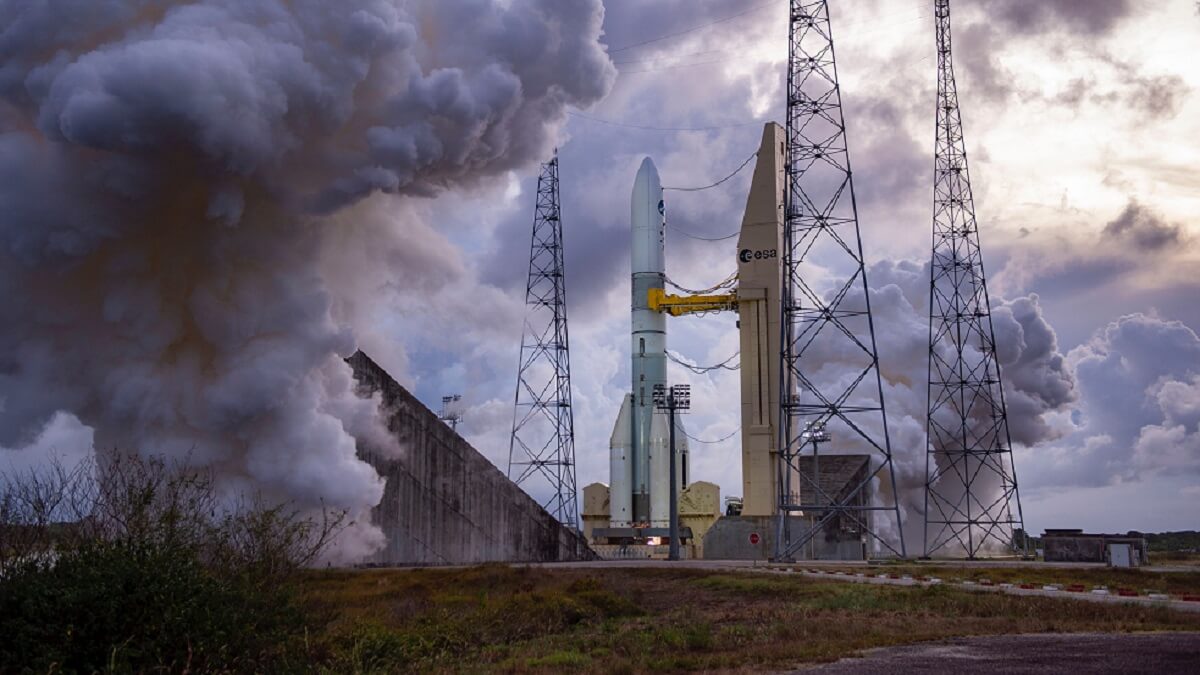
The EU concession contract was signed on 16 December by the European Commission's director general for defence, industry and space, Timo Pesonen of Finland. A second agreement was also initialled at the same ceremony by ESA's Director of Connectivity and Secure Communications, Frenchman Laurent Jaffart, to start activating the supply chain of small and medium-sized companies that are to take Iris2 forward.
On behalf of SpaceRISE, both contracts were signed by the top executives of the three companies leading the consortium: Adel Al-Saleh, a British-American national who has been the head of Luxembourg's SES, Europe's leading commercial satellite communications operator, since 2018; Eva Berneke, the Danish head of the French company Eutelsat since January 2022; and Miguel Ángel Panduro, who has led the Spanish company Hispasat since September 2019.
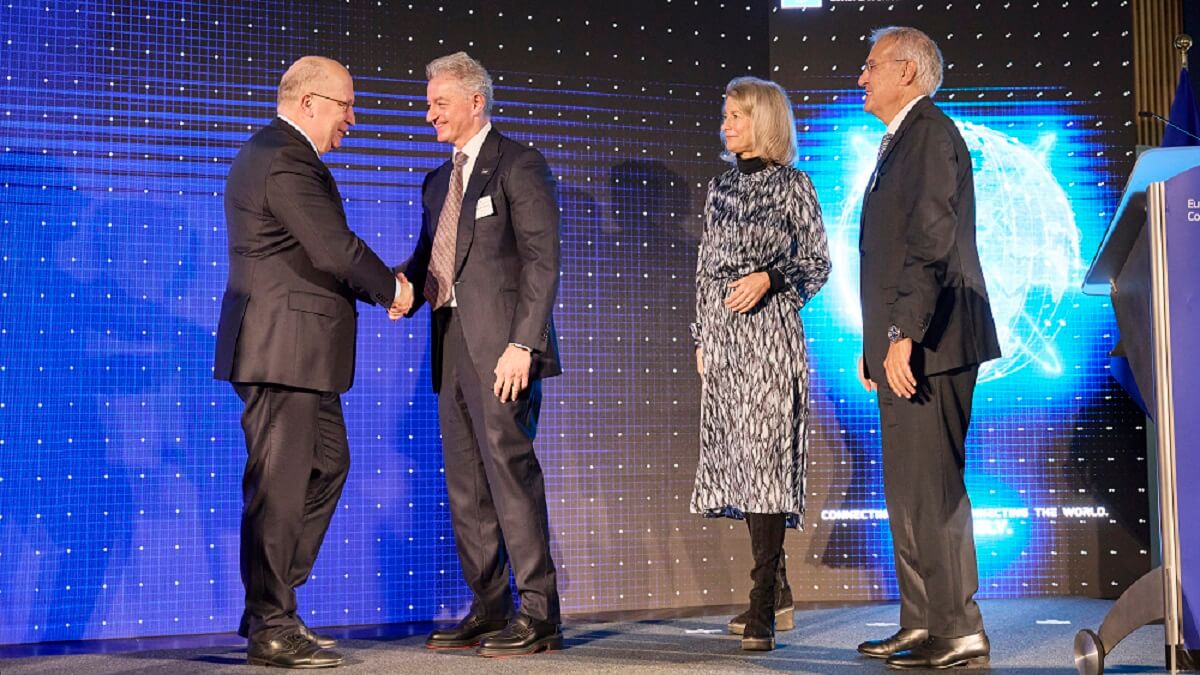
Hispasat, ESA and NATO's secure communications solution
In the distribution of investments agreed by the three large European operators with secure satellite communications capabilities that lead SpaceRISE, the French company Eutelsat has committed to invest ‘around 2,000 million euros’, the Luxembourg company SES ‘around 1,800 million’ and the Spanish company Hispasat ‘up to 600 million’, according to the Spanish operator. The consortium also includes Airbus Defence and Space, Deutsche Telekom, OHB, Orange, Telespazio, Thales Alenia Space, Thales SIX and the Spanish Hisdesat, but there is no record of their possible investments.
Depending on the financial stakes of each, Hispasat's remit is to design, develop and implement the Iris² ground segment, where Indra and GMV in particular have strong capabilities. It involves ‘all the necessary facilities in different locations - control centres, service stations, telecommand and telemetry - for the management and operation of the different orbital layers of the constellation, as well as the interconnection with terrestrial networks, all under strict security and resilience requirements,’ the company assures.
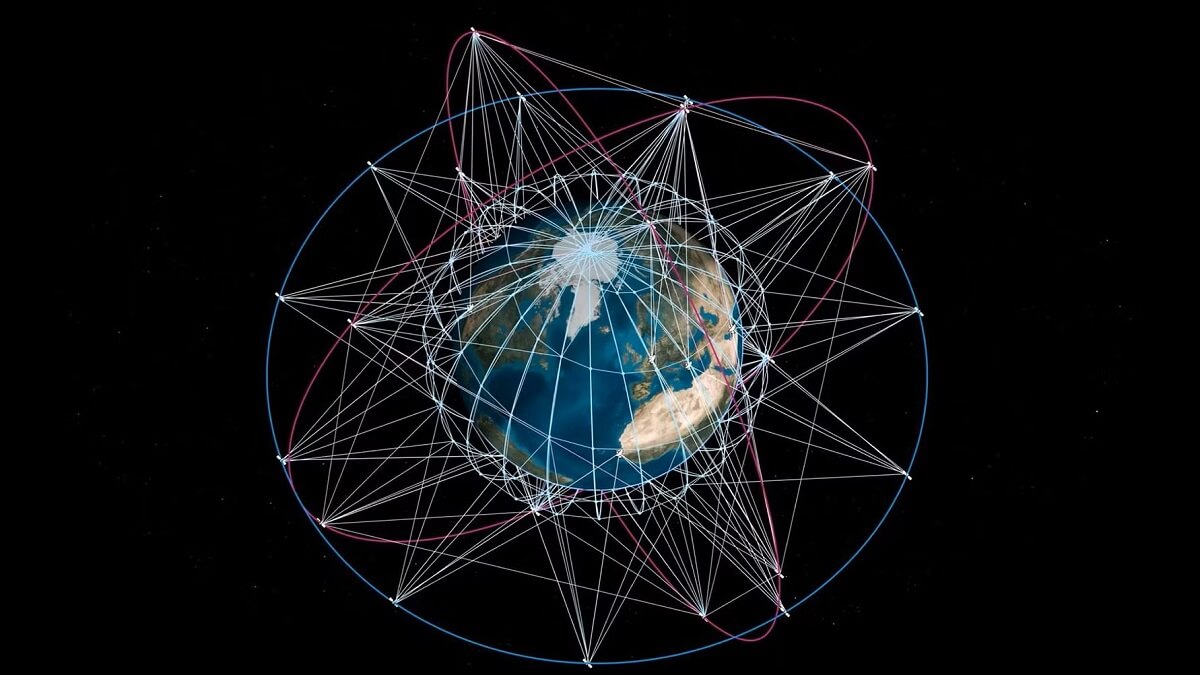
Hispasat will also lead the very low orbital layer (Low LEO) of the constellation. There will be more than a dozen satellites placed below 750 km altitude, which will embark on ‘innovative missions interconnected with the rest of the constellation’. The Spanish company also assumes the role of providing services to member states, which includes defining ‘the service provision catalogue, the design of the concept of operations and the procedures for their implementation’.
What is ESA's role in the Iris2 programme? As the EU's technological and industrial partner in space, ESA assumes the main technical tasks on behalf of the European Commission. One of the most important is to be the qualification and validation authority for the project, which entails overseeing the development activities of the critical satellite elements, the interoperability between the different systems, the 5G standards applied and their ground infrastructures.
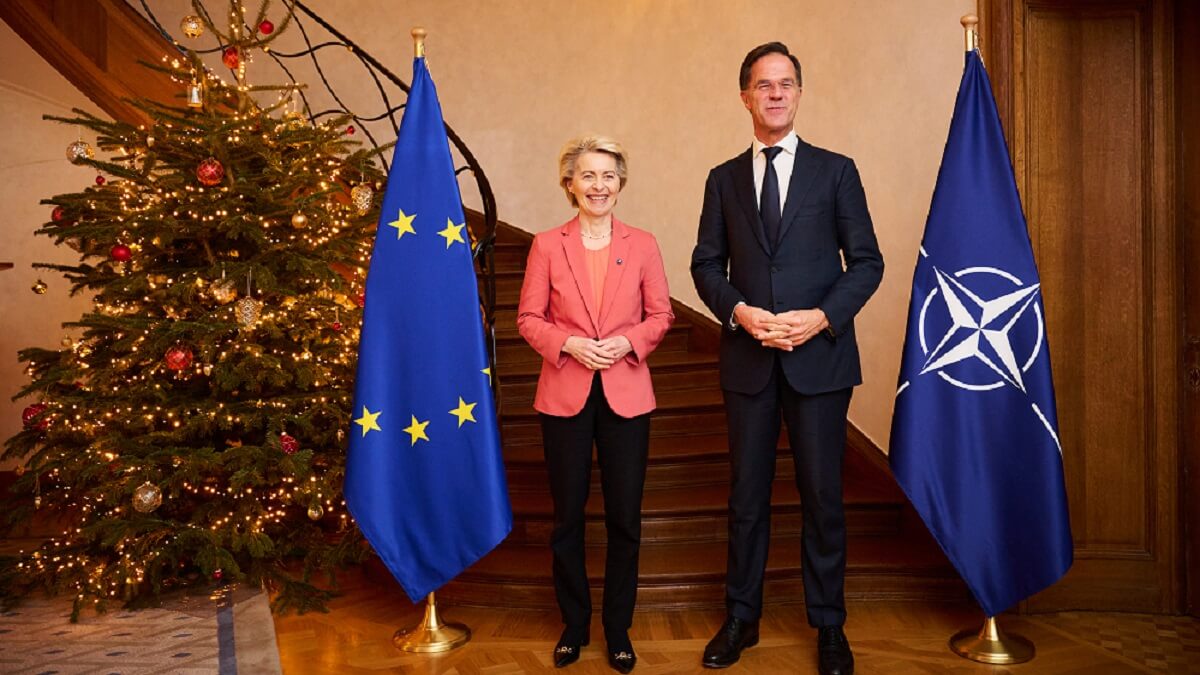
The Iris2 initiative was adopted on 14 February by the European Parliament with 603 votes in favour, six against and 39 abstentions, i.e. almost unanimously, and Brussels and ESA have just given the green light. But the programme is not without its critics. One of them is that the Atlantic Alliance, which clearly requires a high level of security for its satellite communications, has not embarked on such an initiative.
Its solution is much more pragmatic and cheaper: it leases capabilities on board communications satellites from NATO nations - for example, France, Italy, Spain, the United States, the United Kingdom - that meet its strict parameters for encrypted and secure communications. Of course, the Alliance is not reliant on an industry that is in its lean period....


